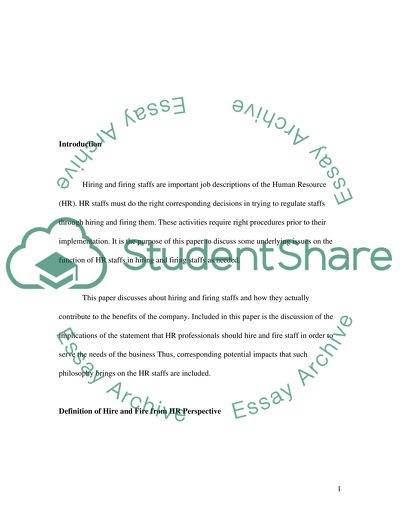Cite this document
(“Hiring and Firing Staff Essay Example | Topics and Well Written Essays - 2500 words”, n.d.)
Hiring and Firing Staff Essay Example | Topics and Well Written Essays - 2500 words. Retrieved from https://studentshare.org/human-resources/1567939-hiring-and-firing-staff
Hiring and Firing Staff Essay Example | Topics and Well Written Essays - 2500 words. Retrieved from https://studentshare.org/human-resources/1567939-hiring-and-firing-staff
(Hiring and Firing Staff Essay Example | Topics and Well Written Essays - 2500 Words)
Hiring and Firing Staff Essay Example | Topics and Well Written Essays - 2500 Words. https://studentshare.org/human-resources/1567939-hiring-and-firing-staff.
Hiring and Firing Staff Essay Example | Topics and Well Written Essays - 2500 Words. https://studentshare.org/human-resources/1567939-hiring-and-firing-staff.
“Hiring and Firing Staff Essay Example | Topics and Well Written Essays - 2500 Words”, n.d. https://studentshare.org/human-resources/1567939-hiring-and-firing-staff.


